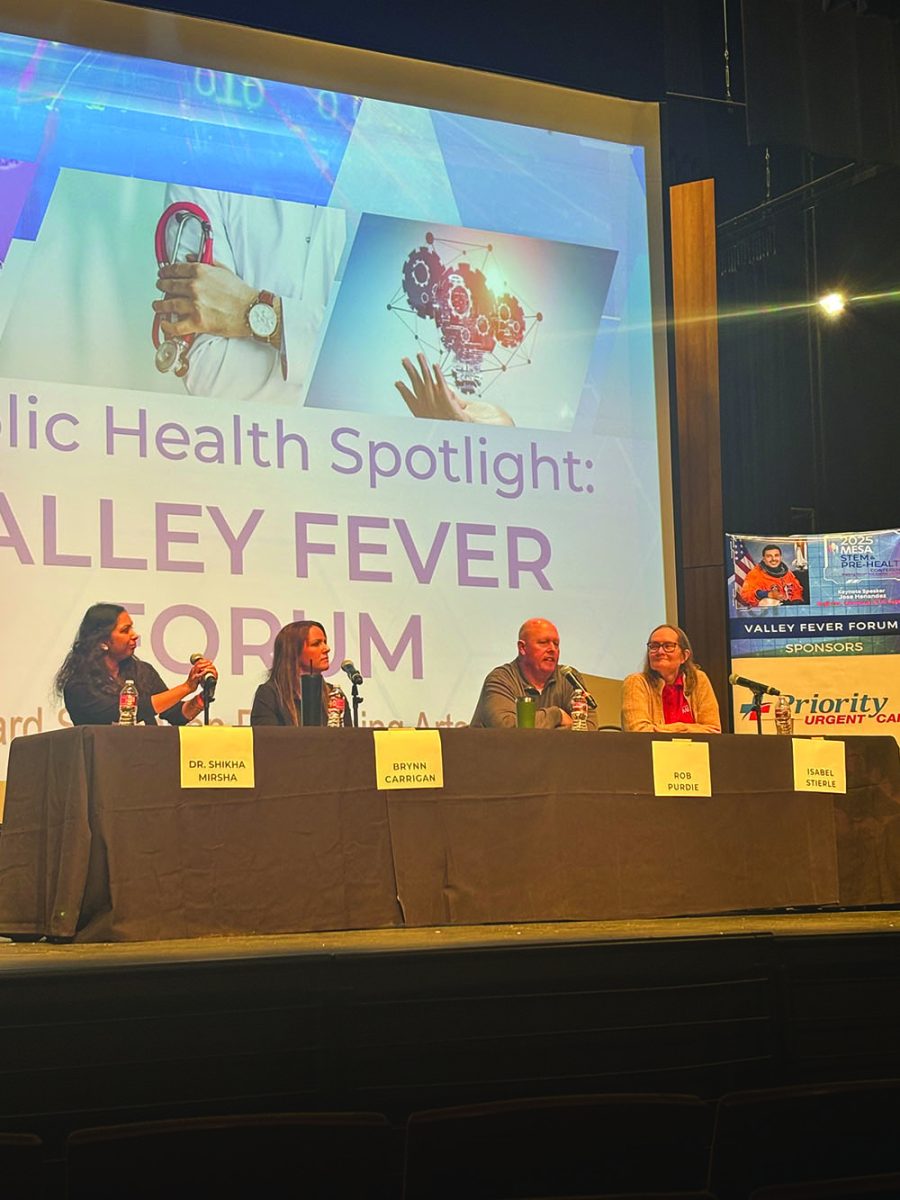Artists’ work celebrates unique narrative
March 15, 2019
The Levan Center for Humanities hosted an interdisciplinary talk the evening of March 13th. Art, Architecture, and Archetypes bring professors from multiple disciplines together to speak on the intimate connection between making art and storytelling.
This is the second event of the series for the Spring 2019 semester.
History, mythology, philosophy, and anthropology all brought their own unique perspective on art and how it has either been used to tell a story or hide a story.
Nan Gomez-Heitzeberg, former Dean of Instruction, explored the artwork of Enrique Chagoya.
Chagoya was born in Mexico but immigrated legally to the U.S. during his childhood. Gomez-Heitzeberg asserted that his life story is prominent in his work but is also distinctive to Chagoya.
Most of Chagoya’s work involves ancient pre-Columbian images from central and south American cultures, juxtaposed with American images.
Ancient Aztec and Mayan images are shown alongside a depiction of Superman and Mickey Mouse.
Chagoya often shows the savage demise of pre-Columbian cultures at the hands of the Spanish.
Superman often takes the role of a passive spectator in the story Chagoya creates. Chagoya himself is a staunch critic of the way history has depicted the story of Southern and Central Americans. He uses a method of “reverse anthropology,” Gomez-Heitzeberg explained. He does this to show, “what if the Aztecs had gone to Europe and kicked their ass,” she continued.
Another feature of Chagoya’s work involves criticism of America and its ethnocentrism.
His work depicts the United States on world maps as being disproportionately large compared to the rest of the world.
Gomez-Heitzeberg finished with a quote from Chagoya, “My America is a continent and not a country”.
Following Gomez-Heitzeberg was a professor of Architecture, Duane Anderson. Anderson opened with the claim, “Architecture is music in space… frozen music”.
Following the theme of the event, Anderson went on to explain how architecture has been used by historians and anthropologists to gain insight into the stories of ancient people.
Anderson argues that the stories of people’s past are ingrained in their architecture. While writers are concerned with creating an artificial story, “design is based on the construction of a physical story,” Anderson argued. Three major architectural periods were discussed Greek, Roman, and Gothic. Anderson explained that all three of these periods were concerned with religion and therefore were designed to be inviting. Gothic architecture was created with delivering a religious experience to people inside.
Modern architecture has strayed from this historical intent according to Anderson.
Modern Architecture is closed off, sterile, and private. Thus, our stories are no longer shared and now our perspective is inward instead of outward.
Anderson closed by stating “Every building has a story and indeed every building tells a story.”
Art, Architecture, and Archetypes invite the audience to take a new perspective when looking at art.
One should aim to be fluid and cross-examine artwork.
Whether that be painting, sculpture, literature, or architecture. Stories abound in the artwork of all mediums. According to the speakers, an interdisciplinary look at art can be beneficial to personal and societal growth.





